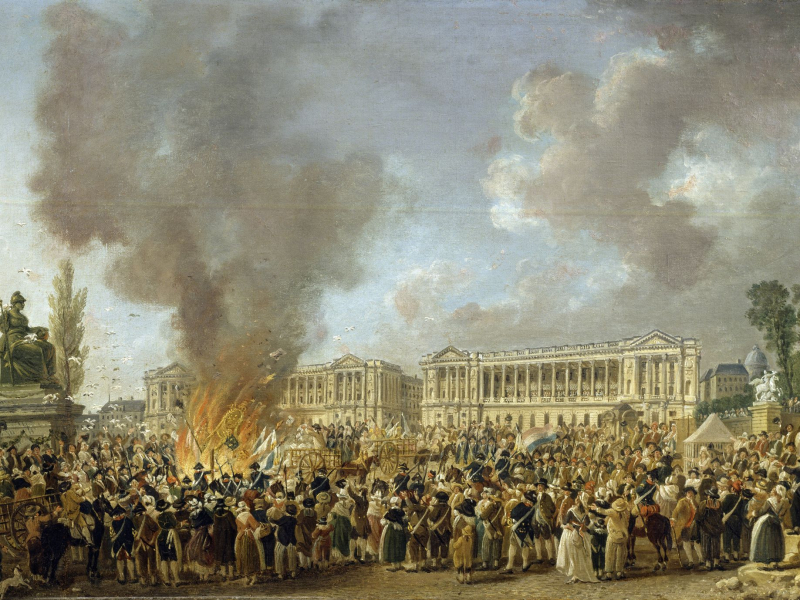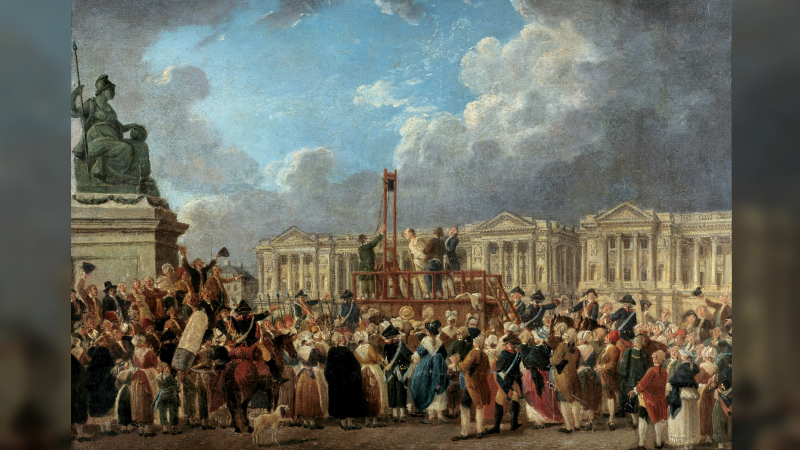The Reign of Terror, September 1793-July 1794
The French Revolution's Reign of Terror, often known as the Terror, lasted from September 5, 1793, until July 27, 1794. With civil war spreading from the Vendée and hostile forces on all sides, the Revolutionary government decided to make "Terror" the order of the day (September 5 edict) and take harsh measures against individuals suspected of being revolutionaries (nobles, priests, and hoarders). A wave of executions followed in Paris. Representatives on mission and surveillance committees in the provinces created local terrors. The Terror had an economic side, which was expressed in the Maximum, a price-control measure requested by Paris' poorer classes, and a theological side, which was embodied in the Christianization program undertaken by Jacques Hébert's supporters.
During the Terror, the Committee of Public Safety (of whom Maximilien de Robespierre was the most notable member) controlled the French government in a dictatorial manner. It defeated its opponents on the left (the Hébertists) and the right (the Whigs) in the spring of 1794. (the Indulgents, or followers of Georges Danton). Still undecided, the committee gained the Law of 22 Prairial, year II (June 10, 1794), which suspended a suspect's right to a public trial and legal representation and gave the jury only the option of acquittal or execution. The "Great Terror" that followed, which resulted in the execution of around 1,400 people, contributed to Robespierre's downfall on July 27.
At least 300,000 individuals were arrested during the Reign of Terror; 17,000 were officially executed, and perhaps 10,000 were perished in prison or without trial.
Dates: September 1793 - July 1794














